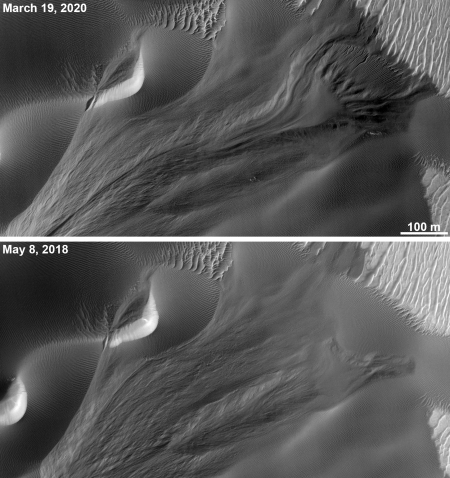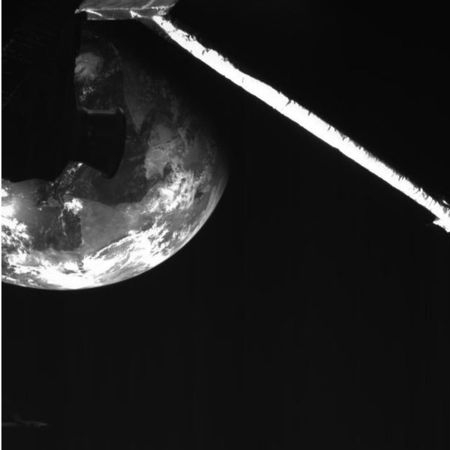New changes to the brain found from long space missions
Scientists have discovered a “significant increase” in the brain’s white matter that occurs after astronauts have completed long missions in weightlessness.
The team conducted brain MRIs of 11 astronauts before they traveled to the ISS, and then again one day after they returned. Scans were then performed at several interval across the following year. “What we identified that no one has really identified before is that there is a significant increase of volume in the brain’s white matter from preflight to postflight,” Kramer says. “White matter expansion in fact is responsible for the largest increase in combined brain and cerebrospinal fluid volumes postflight.”
These changes remained visible one year after spaceflight, which the researchers say indicates they could be permanent alterations. Past research has suggested that changes in the volume of cerebrospinal fluid (CSF) specifically could be a key driver of Visual Impairment Intracranial Pressure in astronauts. The authors of the new study also observed an increase in the velocity of CSF through the cerebral aqueduct, along with deformation of the pituitary gland, which they believe is related to higher intracranial pressure in microgravity.
The uncertainties for this work remain very large. For one thing, the sample (11 astronauts) is very small. For another, the permanence of this change is only suggested and remains unproven.
Nonetheless, this research adds to the growing body of research that suggests that long term weightlessness is generally not good for the human body. It also reinforces the desperate need for research into the effects of even a small amount of artificial gravity. To most efficiently design spacecraft that provide some form of centrifugal force as artificial gravity, we need to find out the minimum required. It could be providing only 10% or 30% Earth gravity could be sufficient. Or not. We just don’t know.
The engineering challenges however go up significantly the more gravity you need to create. For future interplanetary travel this information is critical.
Scientists have discovered a “significant increase” in the brain’s white matter that occurs after astronauts have completed long missions in weightlessness.
The team conducted brain MRIs of 11 astronauts before they traveled to the ISS, and then again one day after they returned. Scans were then performed at several interval across the following year. “What we identified that no one has really identified before is that there is a significant increase of volume in the brain’s white matter from preflight to postflight,” Kramer says. “White matter expansion in fact is responsible for the largest increase in combined brain and cerebrospinal fluid volumes postflight.”
These changes remained visible one year after spaceflight, which the researchers say indicates they could be permanent alterations. Past research has suggested that changes in the volume of cerebrospinal fluid (CSF) specifically could be a key driver of Visual Impairment Intracranial Pressure in astronauts. The authors of the new study also observed an increase in the velocity of CSF through the cerebral aqueduct, along with deformation of the pituitary gland, which they believe is related to higher intracranial pressure in microgravity.
The uncertainties for this work remain very large. For one thing, the sample (11 astronauts) is very small. For another, the permanence of this change is only suggested and remains unproven.
Nonetheless, this research adds to the growing body of research that suggests that long term weightlessness is generally not good for the human body. It also reinforces the desperate need for research into the effects of even a small amount of artificial gravity. To most efficiently design spacecraft that provide some form of centrifugal force as artificial gravity, we need to find out the minimum required. It could be providing only 10% or 30% Earth gravity could be sufficient. Or not. We just don’t know.
The engineering challenges however go up significantly the more gravity you need to create. For future interplanetary travel this information is critical.


